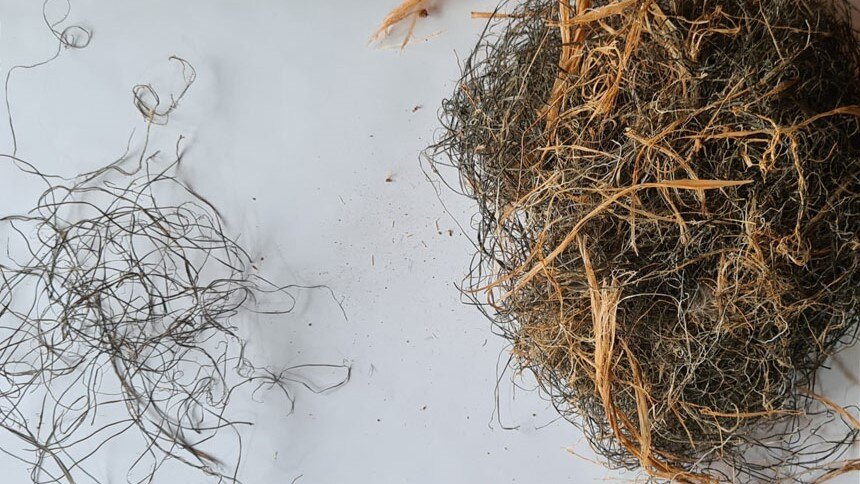Research by the Cavanilles Institute of Biodiversity and Evolutionary Biology (ICBiBE), located in the scientific-academic area of the Science Park of the University of Valencia, in collaboration with the European University of Valencia and the European University of Madrid, shows that plastic pollution not only affects marine ecosystems, where it has been studied the most, but also terrestrial ecosystems. The study, published in the journal Environmental Research and carried out in an agricultural area, highlights that 71% of the nests of the Serinus serinus (Serinus serinus) contain plastic waste, as well as 96% of those of the common magpie (Pica pica)
In addition, the article explains that both species preferentially select plastic filaments over other debris of the same material, based on contrasting the fragments found in the nests with those present in the environment. In the case of the magpie there is no selection of plastics by color and size while the greenfinch selects smaller filaments and avoids the black color.
This is the first work that incorporates the plastics found in the environment as an object of study and that in the case of Sagunt (Valencia), where it has been elaborated, obtains the figure of 13,889 pieces of plastic per hectare as the best estimate, according to the results of the research. The preference for filamentous forms is explained by the similar appearance of the plastic filaments with the natural materials used to build the nests of these birds.
The article describes that both the magpie and the greenfinch select these plastics - which constitute 20% of the total pieces observed in the nests - because it is advantageous for them due to the great availability of artificial materials in the crops and because they have them nearby.
This is the first work that incorporates the plastics found in the environment as an object of study and that in the case of Sagunt (Valencia), obtains the figure of 13,889 pieces of plastic per hectare as the best estimate, according to the results of the research
Regarding the rejection of black, the research staff points to the fact that black is a color that absorbs more heat. It has been suggested by the scientific literature that not putting black elements prevents overheating of the clutch or hatchlings. In addition, white plastic is the most common plastic in the agricultural environment in which the work was carried out.
The study was carried out on orange trees in a plot in Sagunt that has been monitored since 1975 by ICBiBE honorary researcher José A. Gil-Delgado. The extension has 17 hectares and plastic pieces of up to six colors were found in it. Of these, 46% exceeded 5 centimeters in length, 28% measured between 2 and 5 centimeters and the remaining 26% were pieces of less than 2 centimeters. The study was conducted between March and August 2018, 2019 and 2022. The nests were collected in early August, after abandonment, and were preserved and analyzed at ICBIBE.
The magpie is a species of passerine bird (birds and songbirds) that inhabits Eurasia. It is one of the most common birds in Europe and flies up to an altitude of no more than 1500 meters above sea level. The serin is a bird species native to Europe, North Africa and western Asia. It is not endangered and its European population is estimated at between seventeen and forty million individuals.
This study has also been part of the master's thesis of María José Espinoza and Iván Labiada, students at the time at the Cavanilles Institute of the University of Valencia.


